15 Types of Avocado
Avocado, also known as alligator pear or avocado pear, is a delicious fruit rich in antioxidants, fiber, and unsaturated fats that help reduce the risks of chronic diseases. While you might have only come across the bumpy-skinned, dark green, or purple Hass avocado, hundreds of avocados exist that vary in shapes, sizes, colors, and textures. All the avocado types found today can be traced back to the traditional Guatemalan, West Indian, or Mexican varieties. These avocados are typically used in sandwiches, salads, dips, and as a spread on toast or corn tortillas.
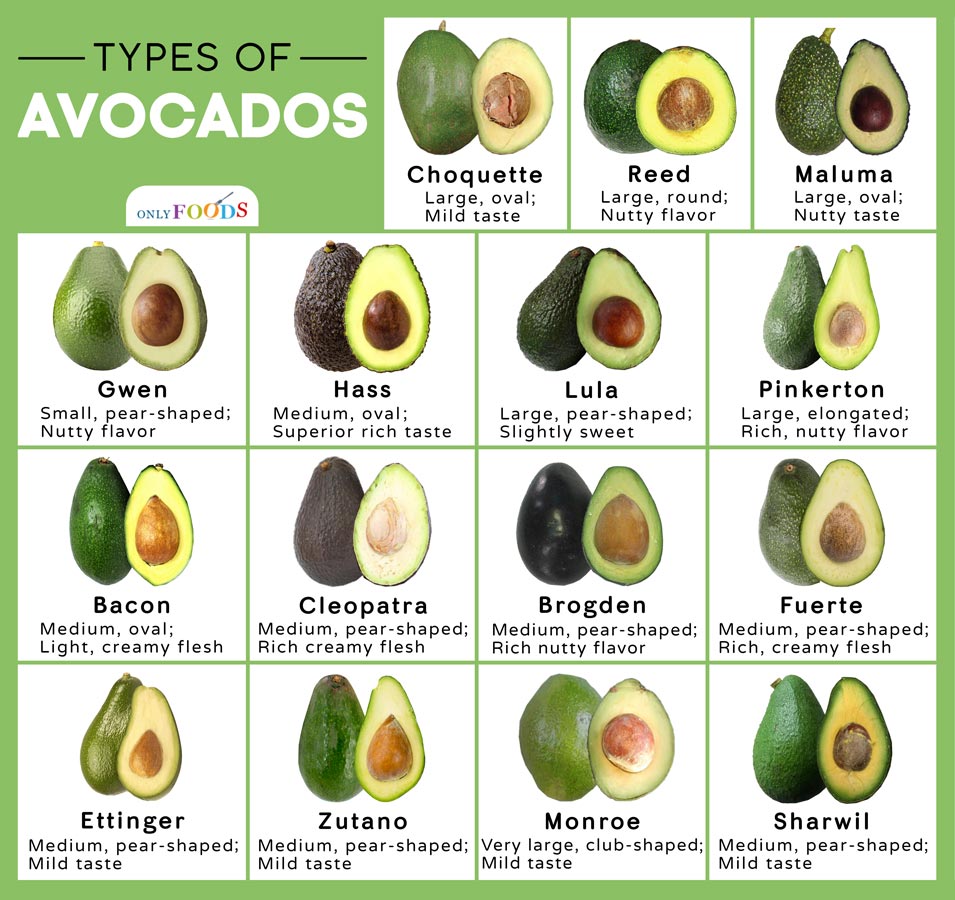
15 Types of Avocado
Table Of Content
List of 15 of the Most Common Avocado Types
Avocados can be classified into two types of cultivars, including the A-type and B-type. The difference between the types of cultivars lies in the pollination behaviors and opening times of the flowers. Here are some of the best-known types of avocados.
A-Type Cultivars of Avocado
The flowers of A-type avocados bloom in the morning as females, but they shed pollen in the afternoon as males.
1. Choquette
A variety that comes from South Florida, it is produced by crossing the Guatemalan with West Indian types. It is a very large fruit with silky, watery flesh, which has a mild taste.
Shape: Oval
Weight: 30-40 ounces
Skin Color: Deep green
2. Gwen
Developed in California, the Gwen was produced from the Guatemalan variety. It has a taste similar to the Hass avocados. It is characterized by a golden-green, creamy flesh, having a nutty flavor.
Shape: Pear or oval
Weight: 3-7 ounces
Skin Color: Dark green
3. Hass
It is perhaps the most common type of avocado that makes up for 80 percent of the produced avocados in the world. This medium-sized avocado type features a pale green flesh with an intense flavor that is suitable for preparing guacamole.
Shape: Pear or oval
Weight: 5.3-8.8 ounces
Skin Color: Purple-black
4. Maluma
Discovered in South Africa during the 1990s, this is a relatively new type of avocado of unknown origin. It is a large fruit that comes with rough, pebbly skin, alongside an asymmetrically-positioned stem.
Shape: Pear
Weight: 5-14 ounces
Skin Color: Purple-black
5. Lula
Originating in South Florida, the Lula variety was likely developed by crossing Mexican with Guatemalan types. It is highly resistant to cold but may be affected by fungi. Its flesh consists of around 12-16 percent of oil.
Shape: Pear
Weight: Around 16 ounces
Skin Color: Glossy green
6. Reed
Developed from the Guatemalan avocado, it is a large cultivar similar to the size of a softball. It contains a medium-sized seed, while its skin has a smooth, glossy texture. The flesh has a golden color, along with a nutty flavor.
Shape: Round
Weight: 17-25 ounces
Skin Color: Dark green
7. Pinkerton
Slightly tolerant to cold, it belongs to the Guatemalan family of avocados and is characterized by light green, creamy flesh, and small seed. It has a thick, rough skin that can be easily peeled.
Shape: Elongated/oval
Weight: 8-18 ounces
Skin Color: Green
B-Type Cultivars of Avocado
The avocados with flowers receiving pollen in the afternoon as females but shedding it in the morning as males are categorized as B-type cultivars.

8. Bacon
Developed in 1951 by James Bacon, this avocado type is a medium-sized fruit with yellowish-green, light-tasting flesh. It has a large seed with the flesh containing a large amount of oil.
Shape: Oval
Weight: About 10-12 ounces
Skin Color: Green
9. Cleopatra
It is a relatively new avocado type with a medium-sized fruit having yellow, creamy flesh and a rich, creamy flavor. The fruit comes with shiny skin and is larger as compared to Hass.
Shape: Pear
Weight: 6-10 ounces
Skin Color: Black/dark purple
10. Brogden
A cross between the Mexican and West Indian types, Brogden was first developed in Florida. Although it is noted for its cold-hardiness, the Brogden avocado is difficult to peel and is not a famous commercial variety.
Shape: Pear
Weight: About 16 ounces
Skin Color: Dark purple
11. Fuerte
It is a cross between the Mexican and Guatemalan varieties, originating in Puebla, Mexico. Fuerte has a medium-sized fruit characterized by a creamy flesh, containing 18 percent oil.
Shape: Pear
Weight: 9-16 ounces
Skin Color: Green
12. Ettinger
Another Mexican-Guatemalan cross, the Ettinger, originated in Israel. It has a large seed, alongside a pale green flesh that gives off a mild flavor. Its smooth, thin skin does not peel easily.
Shape: Pear
Weight: 10-20 ounces
Skin Color: Bright green
13. Zutano
It belongs to the Mexican family of avocados and is moderately resistant to cold. It is a large fruit with a shiny, thin skin that is reasonably easy to peel. Zutano features a pale green flesh with fibers and has a mild flavor.
Shape: Pear
Weight: 7-15 ounces
Skin Color: Light, yellow-green
14. Monroe
First developed in Florida by crossing Guatemalan and West Indian varieties, Monroe became a famous commercial cultivar because of its cold hardiness. The skin is slightly rough, glossy, and thick, while the flesh is not as watery as the other varieties.
Shape: Elliptical
Weight: 30-32 ounces
Skin Color: Green
15. Sharwil
The Sharwil was first developed in Australia from Guatemalan and Mexican types in 1951. It is a medium-sized fruit with a greenish-yellow flesh, high oil content, and rich, nutty flavor. Although it is sensitive to cold, it has better resistance to disease and pest than Fuerte.
Shape: Pear
Weight: 8-20 ounces
Skin Color: Green
Aside from the common varieties of avocados that we have mentioned here, there are several other commercial types, including Shepard, Tonnage, Macarthur, Mexicola, Hall, Anaheim, and Daily 11. Regardless of the variety, avocados are typically high in healthy vitamins, fats, and minerals.
- by Joydeep Ghosh
- December 31st 2019

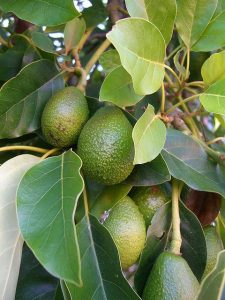
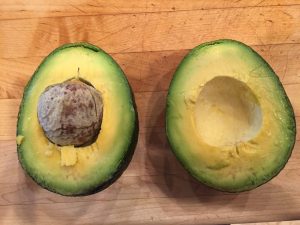
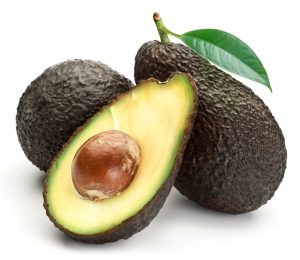
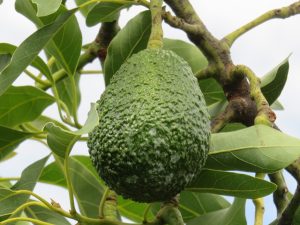
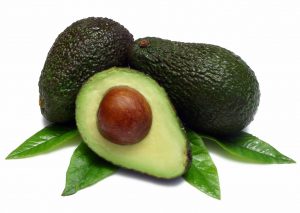
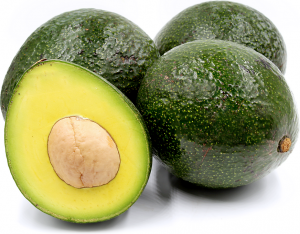
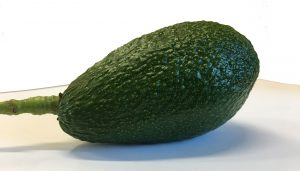

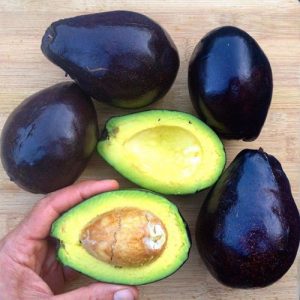
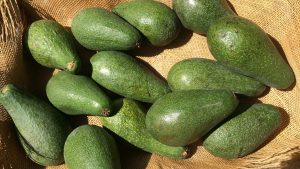
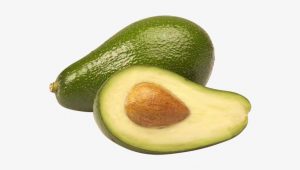
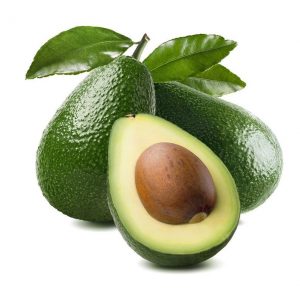
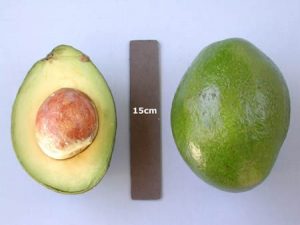

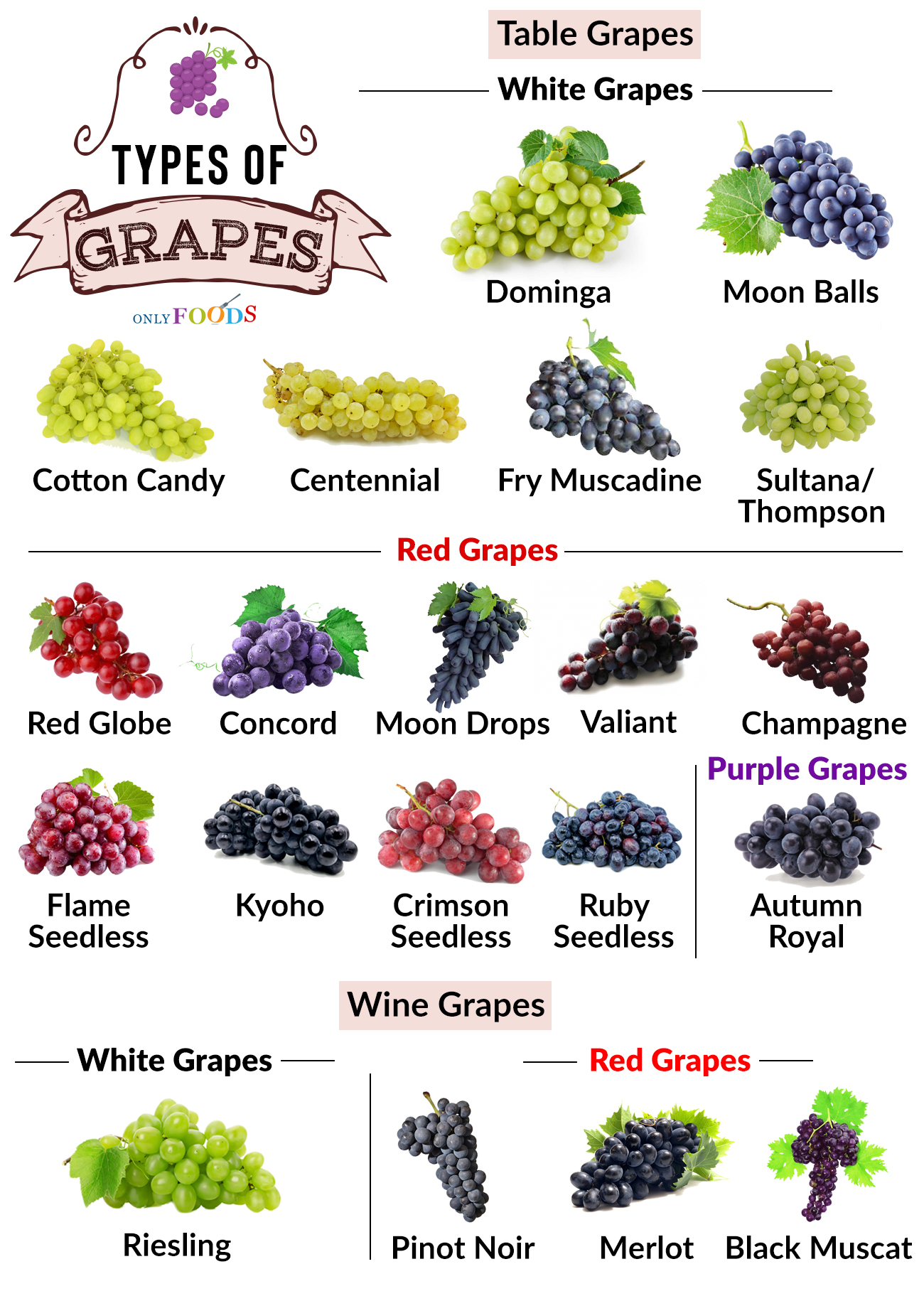
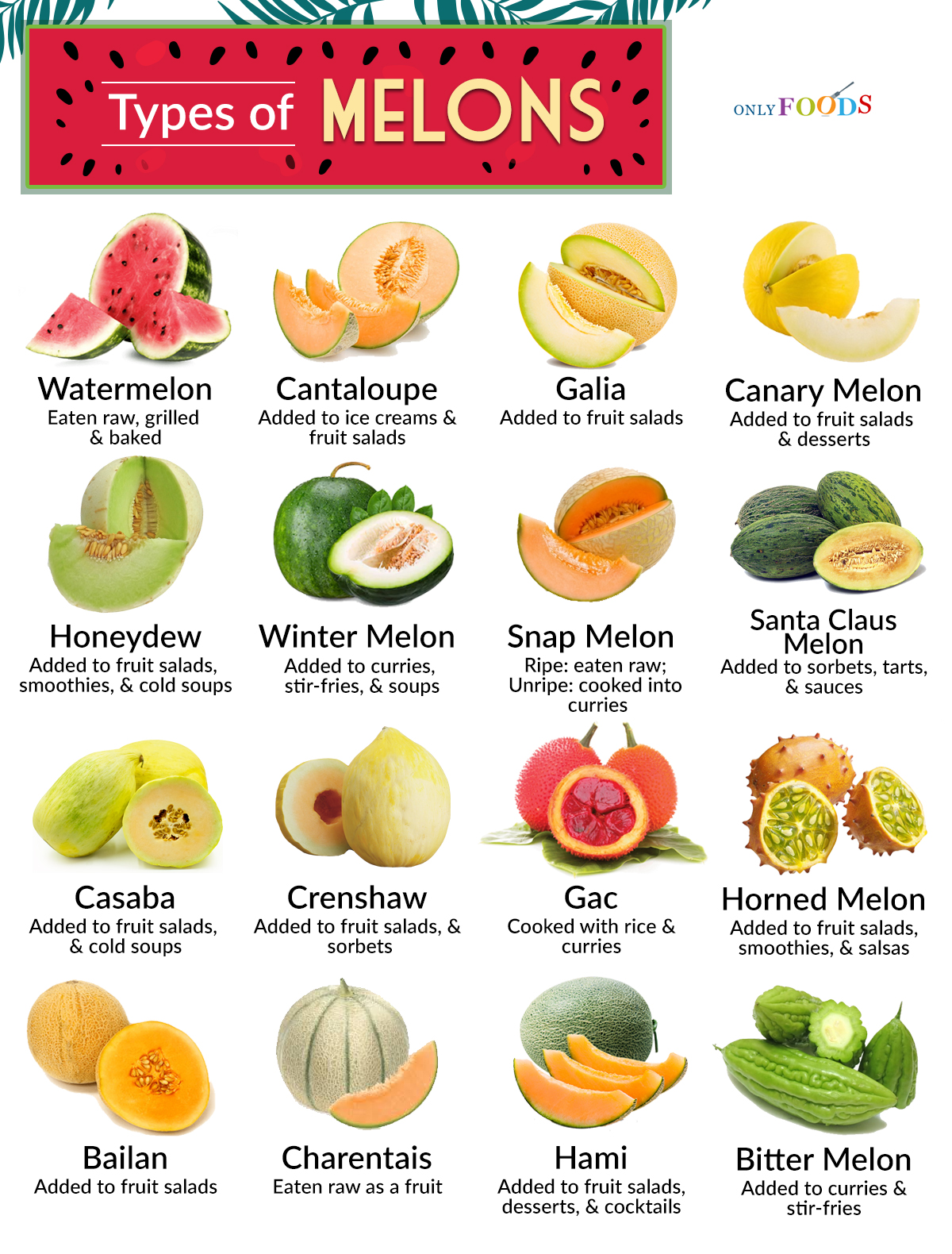
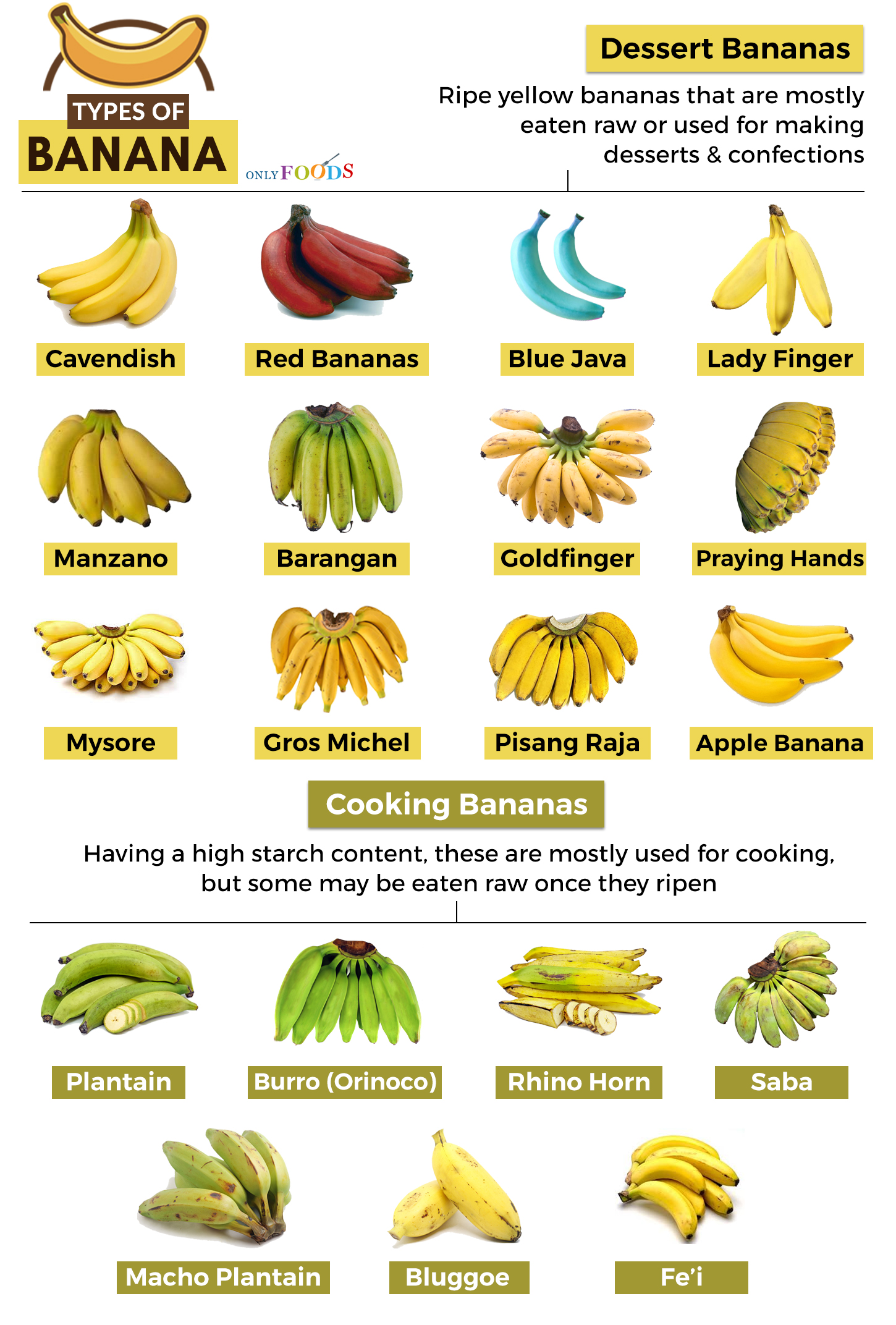
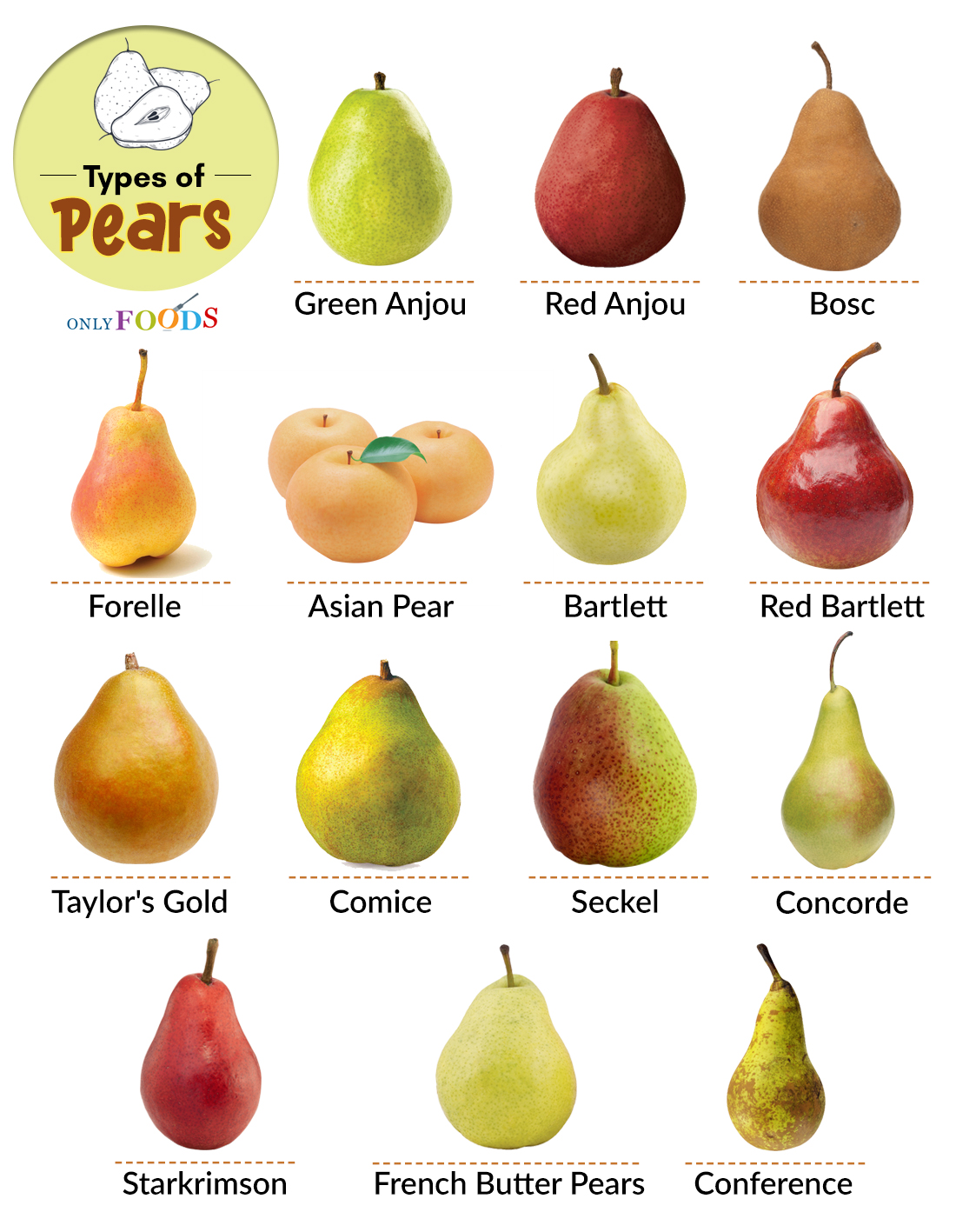


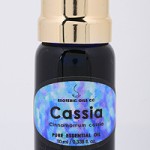
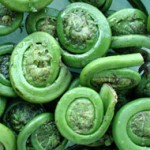

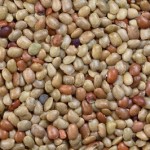
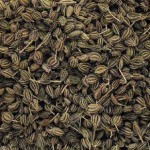

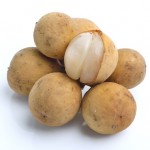

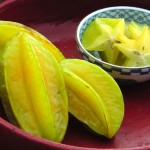
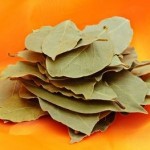

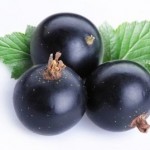
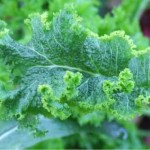
Leave a Reply